- Login or Register
No account yet? Sign up


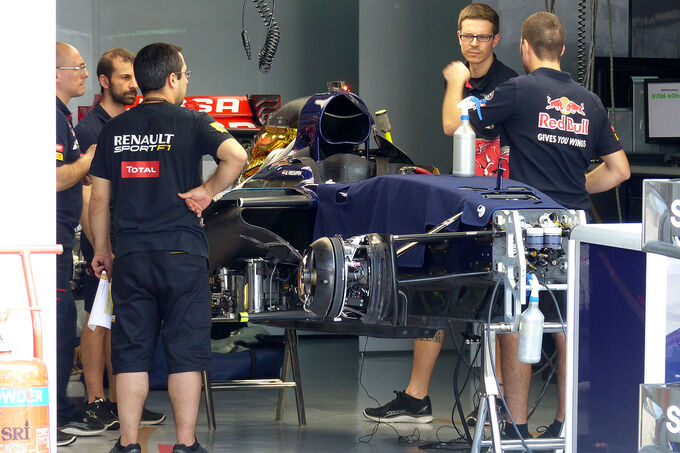
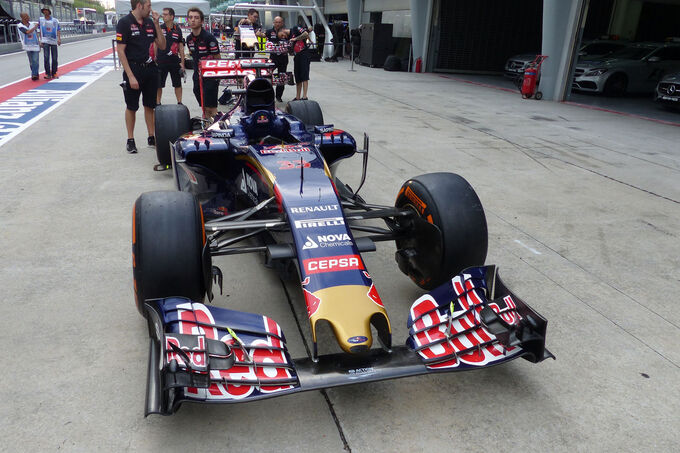
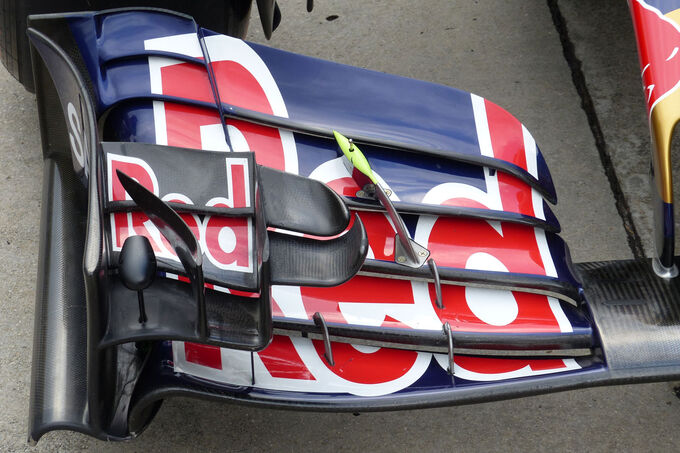
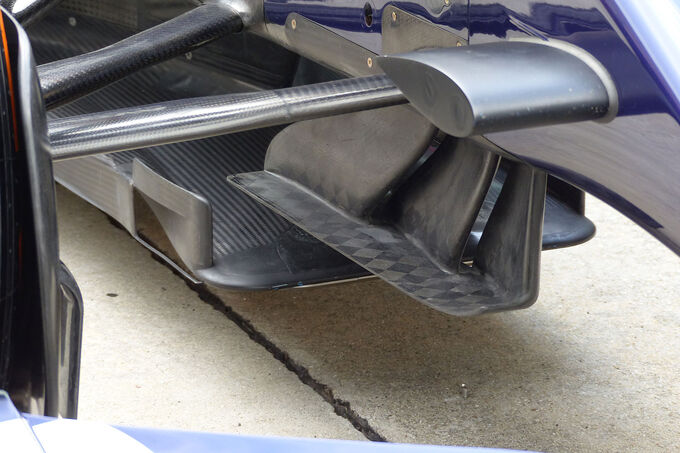
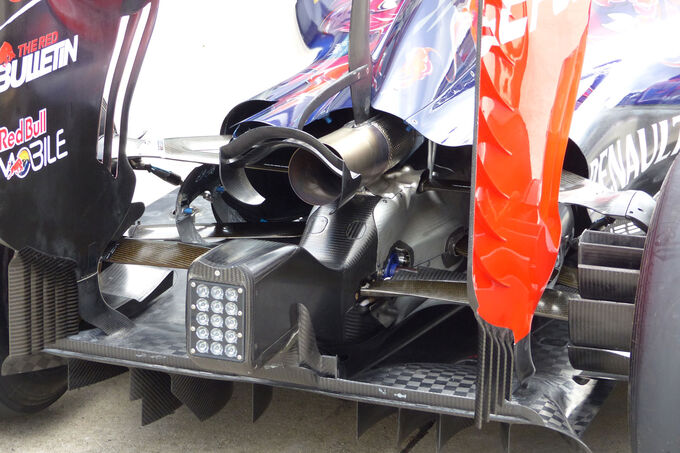
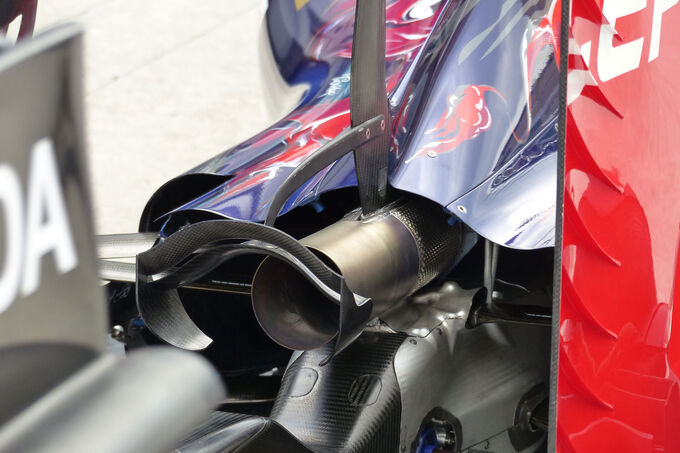
First time I saw a structure element passing through a part of an engine, very interesting solution - probabaly get some gas flow stabilization out of it too.Morteza wrote:Malaysian GP - Thursday

Via AMuS
why would it go through the exhaust? it's welded on top of it, it's not passing through itCBeck113 wrote:First time I saw a structure element passing through a part of an engine, very interesting solution - probabaly get some gas flow stabilization out of it too.Morteza wrote:Malaysian GP - Thursday
http://img1.auto-motor-und-sport.de/GP- ... 853038.jpg
Via AMuS
In this case, the exhaust is a structural element. Rear wing forces pass through the carbon post down through the exhaust pipe.Manoah2u wrote:why would it go through the exhaust? it's welded on top of it, it's not passing through itCBeck113 wrote:First time I saw a structure element passing through a part of an engine, very interesting solution - probabaly get some gas flow stabilization out of it too.Morteza wrote:Malaysian GP - Thursday
http://img1.auto-motor-und-sport.de/GP- ... 853038.jpg
Via AMuS
why would it go through the exhaust? it's welded on top of it, it's not passing through itVia AMuS
First time I saw a structure element passing through a part of an engine, very interesting solution - probabaly get some gas flow stabilization out of it too.


Bear in mind that the vertical post is also connected to the engine cover which might have some proper support underneath to carry the loads. And that the rear wing end plates are mounted to the floor, which will carry a very large portion of the downforce.eyalynf1 wrote:In this case, the exhaust is a structural element. Rear wing forces pass through the carbon post down through the exhaust pipe.Manoah2u wrote:why would it go through the exhaust? it's welded on top of it, it's not passing through itCBeck113 wrote:First time I saw a structure element passing through a part of an engine, very interesting solution - probabaly get some gas flow stabilization out of it too.
I wonder, if the center support actually does go through the exhaust pipe, if the heating of the center support by exhaust gasses causes the support to expand causing the center section of the rear wing to move upwards slightly relative to the outer edges, which I believe are fixed in position via attachment of the end plates to the floor?atlantis wrote:(I don't think it's the case but) Let's assume the pylon goes through the exhaust: it occupy space inside the tube so less hot exhaust gases pass through it.
Does it help/affect engine performance?
It sure wouldn't help. It would be a (minor) blockage for the exhaust flow, basically increasing the backpressure seen by the ICE/turbine and reducing output power.atlantis wrote:(I don't think it's the case but) Let's assume the pylon goes through the exhaust: it occupy space inside the tube so less hot exhaust gases pass through it.
Does it help/affect engine performance?

Formula1.com wrote:Instead of a round design mimicking the shape of the exhaust, the vertical attachment structure (dotted line) goes inside the big pipe and is attached to the car’s deformable rear crash structure. There’s no doubt that it’s a lighter solution and one that doesn’t interfere with engine performance.